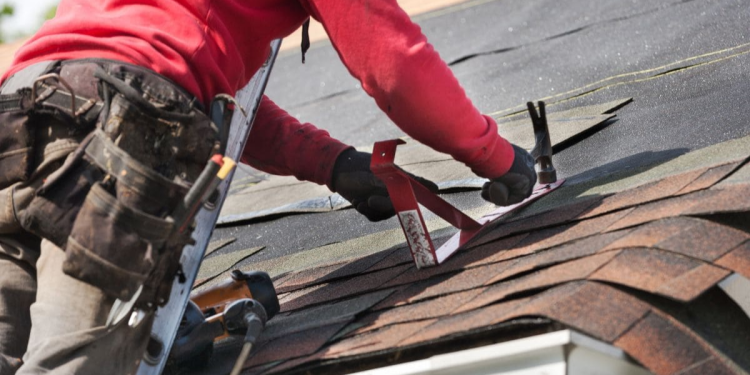For many low-income families and retirees in the United States, keeping up with home repairs can be a daunting financial challenge. Home maintenance is crucial for ensuring safety and comfort, yet the costs associated with repairs often strain already tight budgets. Fortunately, the U.S. government provides various financial assistance programs to help homeowners manage these essential repairs and improvements, making homeownership more affordable.
The Need for Home Repair Assistance
This Article Includes
Home repairs can encompass a wide range of essential tasks, from fixing leaky roofs and outdated plumbing to installing new heating and cooling systems. For those on fixed incomes, such as seniors, unexpected repair costs can create significant financial stress. Recognizing this, the government has developed programs to assist those in need, ensuring that every family has access to safe and livable housing.
Key Government Programs for Home Repair
The U.S. Department of Housing and Urban Development (HUD) offers several programs specifically designed to assist homeowners with necessary repairs. Some of the most effective programs include:
Title 1 Loans
Title 1 Loans allow homeowners to borrow money for home remodeling and repairs, helping them maintain a safe and functional living environment. This program is particularly beneficial for those who may not have sufficient savings or income to cover immediate repair costs.
203(k) Rehabilitation Loans
The 203(k) Rehabilitation Loan program allows homeowners to finance home repairs up to $35,000 within their existing mortgage. This option is valuable for those looking to make significant improvements without taking out a separate loan.
HECM Reverse Mortgage
The Home Equity Conversion Mortgage (HECM) program is available to homeowners aged 62 and older. This program allows older adults to tap into their home equity to cover repair costs, providing financial flexibility while maintaining home ownership.
Energy Assistance Programs
Energy assistance programs help households manage utility expenses, particularly during periods of extreme weather. These programs can alleviate financial burdens associated with heating and cooling costs, ensuring that homes remain safe and comfortable.
Accessibility Loans
Accessibility loans are designed to help individuals with disabilities modify their homes to meet their needs. These loans ensure that all homeowners can maintain independence and comfort in their living spaces.
Exploring State and Local Support
In addition to federal programs, many states and local governments offer their own financial assistance for home repairs. These programs are tailored to the specific needs of communities and often aim to ensure that homes meet safety and livability standards.
State-Specific Programs
Many states provide funding or low-interest loans for home repairs, particularly for low-income families and seniors. Homeowners should research their state’s offerings to determine what financial support is available.
Local Housing Offices and Nonprofit Organizations
Local housing offices and nonprofit organizations can serve as vital resources for homeowners seeking assistance. These entities often offer grants or financial aid to help cover repair costs, ensuring that families can maintain their homes.
Combining Home Repair Assistance with Social Security
For many retirees, Social Security serves as a primary source of income. Fortunately, home repair assistance can often be combined with Social Security benefits. This combination can significantly ease financial pressure, allowing retirees to allocate funds for essential repairs without compromising their living standards.
Homeowners need to understand the eligibility requirements for various programs, as some may impose income limits. Consulting with housing experts or financial advisors can help individuals maximize the benefits available to them.
Conclusion: Taking the Next Steps
Government assistance programs for home repairs are invaluable resources for many Americans, particularly those on fixed incomes. By taking advantage of federal, state, and local programs, homeowners can ensure their living spaces remain safe, comfortable, and functional.
If you or someone you know could benefit from these resources, the first step is to contact your local housing office or a HUD representative. By exploring available options, you can find the financial assistance needed to make essential repairs and improve your home, enhancing your quality of life and protecting your investment.

